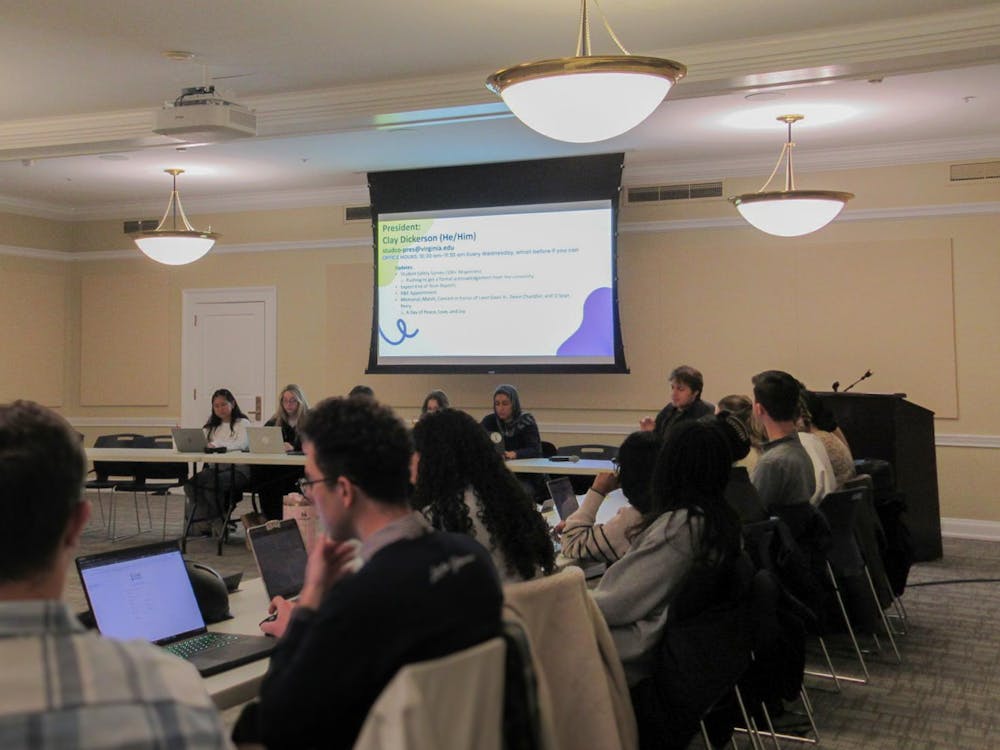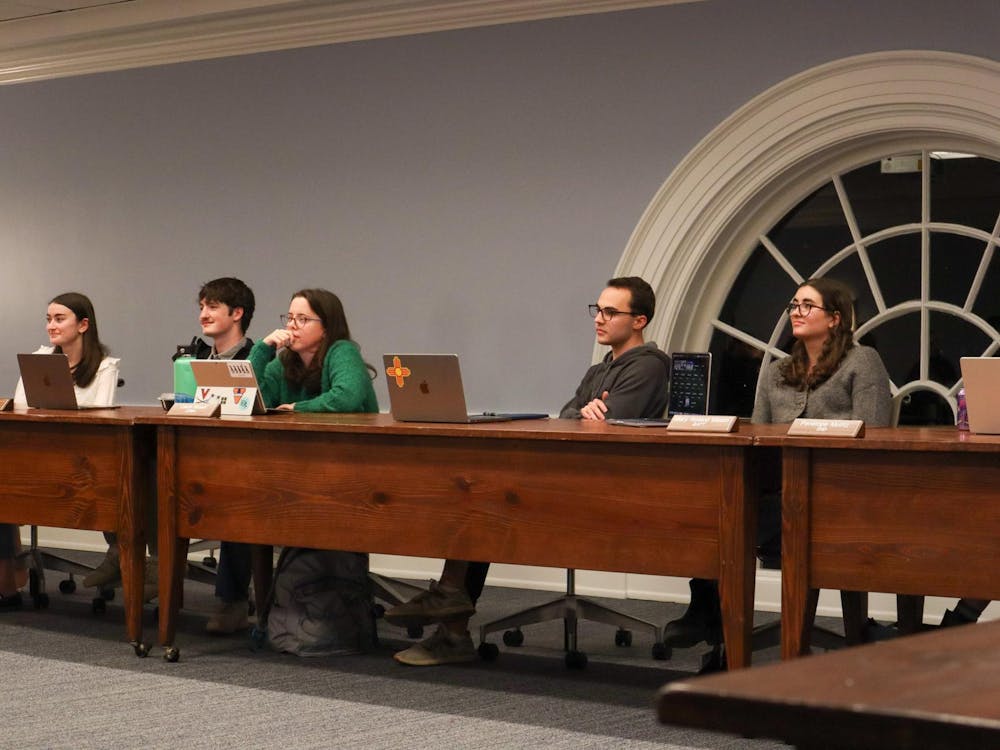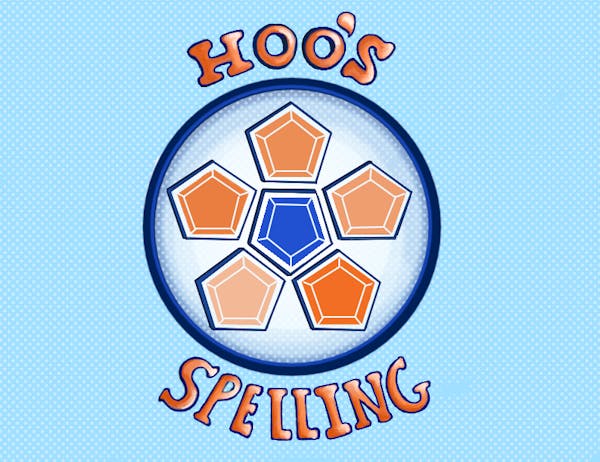The Board of Visitors convened yesterday at the Harrison Special Collections Library for its first meeting of the academic semester. Board committees reported on various goals for the upcoming year, as well as several action items, including the approval of schematic plans for a new first-year dorm.
As a part of the Board's Building and Grounds Committee presentation, University architect David J. Neuman introduced schematic plans of what has been titled the "Hereford First Year Residence Hall," part of the first phase of the Alderman Road Residence Area Replacement Housing initiative.
According to Neuman, the University has received "frequent feedback" from students regarding the current architecture of Hereford as invoking a "sense of isolation and sense of enclosure." He added that the interior of the current buildings are "rather austere" and the windows are much smaller than other residential areas.
In order to counteract these criticisms, Neuman said, the new dorm will offer twice as many windows and will take advantage of the Blue Ridge skyline.
"I've developed a design that will work within the current context but certainly improve it," he said.
The addition of the dorm has been deemed necessary in order to assist with the influx of undergraduates to the University, however, some Board members questioned whether this new dorm would truly counteract the negative stereotype sometimes associated with Hereford due to its distance from central Grounds.
University President John T. Casteen, III responded that the location is in fact the same distance to central Grounds as others.
"The absolute distance from that destination to central Grounds is the same," Casteen said. "It's the psychological distance" that creates the negative stereotype.
This "psychological" effect of space on students was again noted in Student Council President Darius Nabors's address to the Board.
Nabors also outlined Council's three major goals for the year: evaluating where students spend free time, such as libraries, dining halls and residential areas; the improvement of student-faculty interaction and the enhanced support of student organizations.
The Special Committee on Planning also addressed these issues of "student space" in the realm of the University's library system. After evaluating how each of the University's schools might increase their national ranking, Provost Gene Block similarly outlined ways to effectively improve the reputation of the libraries.
The library is "one of our most distinguished treasures," Block said. Noting millions of visitors wear on the libraries each year, Block expressed concern that preservation is "remarkably expensive" but also very important.
"This is an area where dollars really make a difference," he said.
The Board then analyzed how the projected improvements to the schools and libraries would affect rankings in the next 10 years. The discussion swiftly turned to one addressing how heavily alumni contributions also weighed in on national rankings.
John Wynne, chairman of the Special Committee on Planning, and Casteen expressed disappointment that national rankings generally do not recognize the quality of the work produced at the schools and instead emphasize the financial bottom line.
"We've produced more than goes into the machine" of school rankings, Casteen said.
Bob Sweeney, senior vice president for development and public affairs, stressed the need to send a clearer message to young alumni regarding contributions. Too many are flooded with solicitations from various corners of the University, he said.
While "most schools would be totally envious" of the University's endowments, Sweeney said the University is not making the best use of its resources, and should emphasize that a gift of any size contributes to top-tier ambitions.
"We're no longer comparing ourselves to Berkeley and Michigan," he said.
Wynne agreed there is always a danger the University may slip in the rankings.
"We certainly want to put a floor underneath ourselves so that we don't fall," Wynne said.






